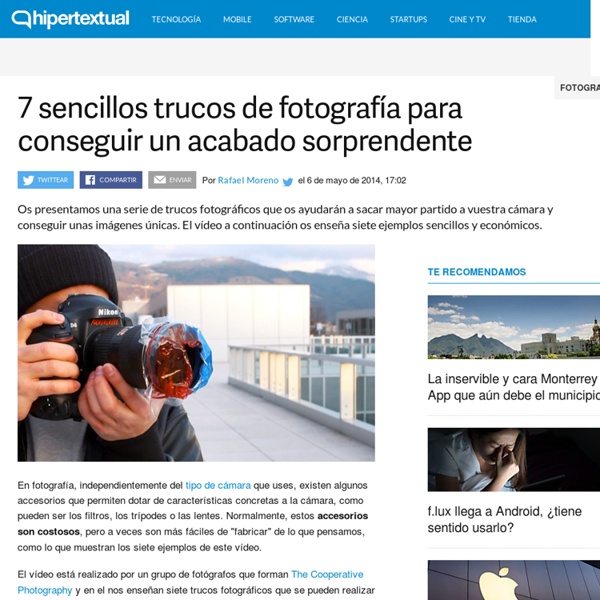Enfuse
Enfuse is a command-line program used to merge different exposures of the same scene to produce an image that looks very much like a tonemapped image (without the halos) but requires no creation of an HDR image. Therefore it is much simpler to use and allows the creation of very large multiple exposure panoramas. Enfuse is based on a paper by Tom Mertens, Jan Kautz and Frank Van Reeth: "Exposure fusion" The implementation was done by Andrew Mihal (developer of Enblend) and the hugin team around Pablo d'Angelo An extended documentation could be found on Enfuse reference manual Other programs using Exposure Fusion: tufuse and PTGui Pro State of development On 8 September 2008 the first official version of enfuse has been released together with enblend. Beta (development) releases can be downloaded from Known bugs (This section needs to be updated) This is a list of known bugs in the current version as linked above. - unknown, whether could be fixed easily Description Basics Adjustments Usage -h -v -w
tutorial: creando pequeños planetas | Fotografo digital y tutoriales Photoshop
La creación de pequeños planetas a partir de una fotografía es un recurso creativo de Photoshop que se encuadra dentro del apartado de efectos especiales. Idealmente, la creación del miniplaneta debería partir de un panorama de 360º para que fuera perfecto. Pero seamos realistas, pocas veces hacemos panorámicas y casi nunca son de 360º. Por esta razón, en el tutorial de Photoshop que viene a continuación se muestra cómo es posible crear un mini planeta con un panorama unas cuantas imágenes pero que no llega a ser circular y también cómo hacerlo incluso con una sola imagen, siempre que ésta reuna unas características determinadas, fundamentalmente 2: tener el horizonte recto y tener a ambos extremos motivos similares. En realidad la técnica es muy sencilla ya que lleva muy pocos pasos: Deformar la imagen para que tenga el mismo alto que anchoVoltearla verticalmenteAplicar el filtro de coordenadas polares Un corte parcial de otro “planeta” Comparte este contenido en las redes sociales
Brooklyn Museum: Annie Leibovitz: A Photographer's Life, 1990–2005
Annie Leibovitz: A Photographer’s Life, 1990–2005, an exhibition of more than 200 photographs, debuts at the Brooklyn Museum, where it will be on view from October 20, 2006, through January 21, 2007, prior to an international tour. The exhibition, sponsored by American Express, is being organized by the Brooklyn Museum. Among the other venues it travels to are the San Diego Museum of Art, the High Museum of Art, the Corcoran Gallery, the de Young Museum, Maison Européenne de la Photographie in Paris, and London’s National Portrait Gallery. The material in the exhibition, and in the accompanying book of the same title, published by Random House, encompasses work Leibovitz made on assignment as a professional photographer as well as personal photographs of her family and close friends. Portraits of public figures include the pregnant Demi Moore, Nelson Mandela in Soweto, George W. Charlotta Kotik, John and Barbara Vogelstein Curator of Contemporary Art, is the curator of the exhibition.
Creador on line de esquemas de iluminación
Lighting Diagram Creator es una aplicación on line que nos permite crear esquemas de luces para fotografía de estudio. La aplicación es muy útil al momento de planificar una producción fotográfica. Podemos realizar un diagrama del posicionamiento de los modelos, fondos, luces, flashes, paraguas, difusores y cualquier otro elemento que podamos encontrar en un estudio sin tener que mover un solo equipo de lugar. Su uso es muy sencillo, solo consiste en arrastrar dentro de una grilla los íconos de los equipos que queramos usar en nuestra producción e ir moviendolos y rotándolos hasta que demos con el esquema que buscamos. Podemos bajarlo en jpg o bien subirlo a Flickr para mostrar como tomamos nuestra fotografía. También podemos compartir nuestras fotos y nuestros diagramas en la sección Community y ver el resultado final utilizando la aplicación. Yo creo que puede ser muy productivo al momento de planificar una sesión de fotos. Fotografía: HQ Photography
Fotografía infrarroja
La fotografía infrarroja o técnica fotográfica infrarroja, es aquella que nos permite fotografiar uno de los espectros lumínicos comprendidos entre 700 y 1.200 nanómetros, no visibles para el ojo humano. Sus aplicaciones pueden ser artísticas o científicas. Técnica[editar] Máquina reflex tradicional. La fotografía infrarroja requiere de una fuente de radiación infrarroja. El equipo fotográfico que se necesita, puede ser una cámara reflex convencional, acompañada de filtros y película sensible a esta longitud de onda. Arriba: imagen infrarroja en falso color. Filtros[editar] Los filtros infrarrojos tienen como misión excluir la radiación ultravioleta y la totalidad o gran parte del espectro visible, dejando pasar a través del objetivo de la cámara solamente el espectro infrarrojo. En el mercado se pueden encontrar diferentes tipos de filtros infrarrojo, según las necesidades. Película infrarroja[editar] Uso de la fotografía infrarroja[editar] Fotografía científica[editar] Actualidad[editar]
99 Excellent Examples of Forced Perspective Photography | Photography
Forced perspective is a technique that employs optical illusion to make an object appear farther away, closer, larger or smaller than it actually is. It is used primarily in photography, filmmaking and architecture. It manipulates human visual perception through the use of scaled objects and the correlation between them and the vantage point of the spectator or camera. There are many ways to attack photography and some are much more expensive than others. Here in this showcase, we presenting a Stunning collection of Forced Perspective Photography and Pictures taken by various artists in which all pictures are linked to the author’s pages. You may want to explore further works of the photographers we’ve featured below. When it comes to inspiration then there is no limitation on resources. You may be interested in the following related articles as well. Feel free to join us and you are always welcome to share your thoughts that our readers may find helpful. Further Resources!



